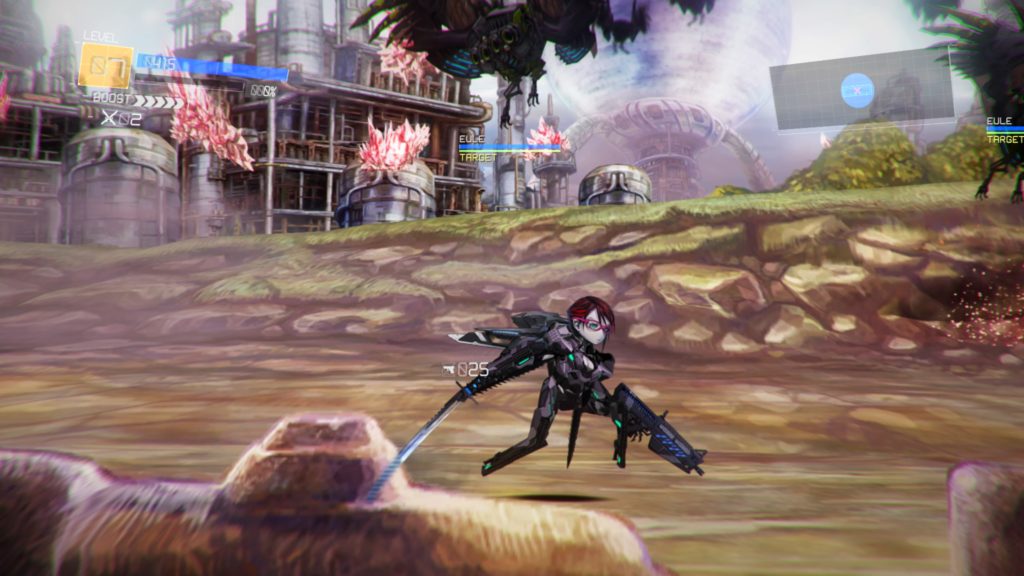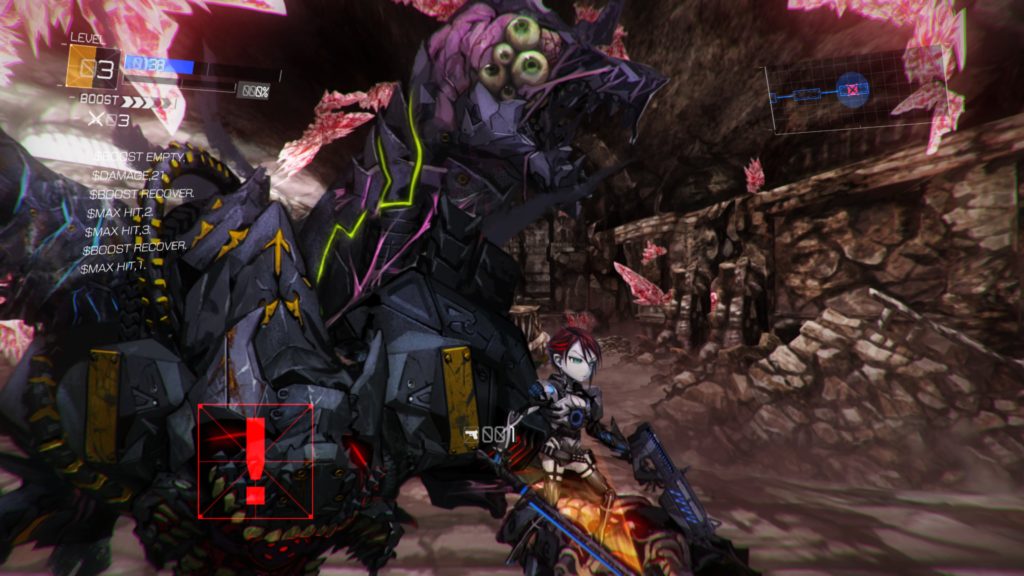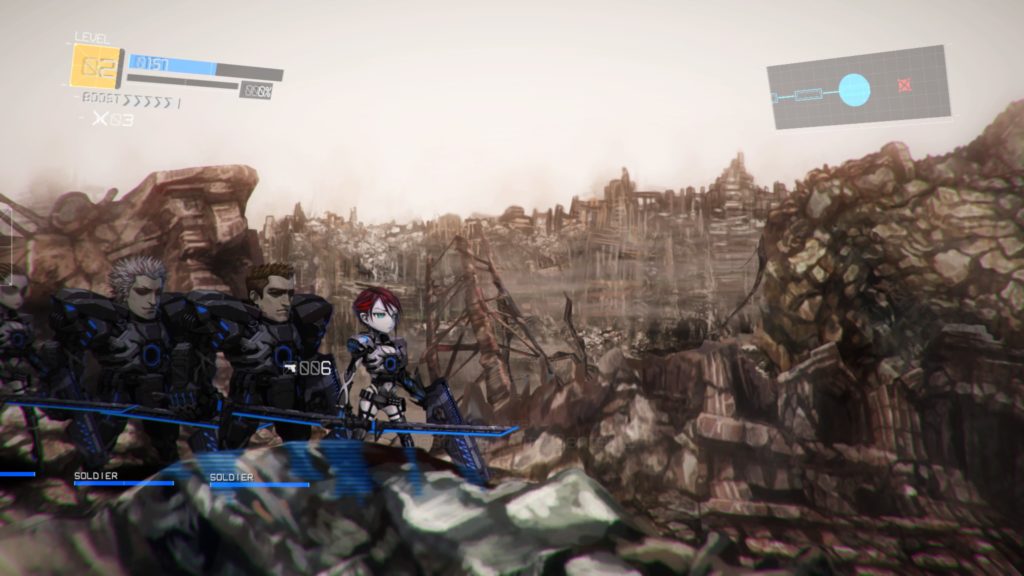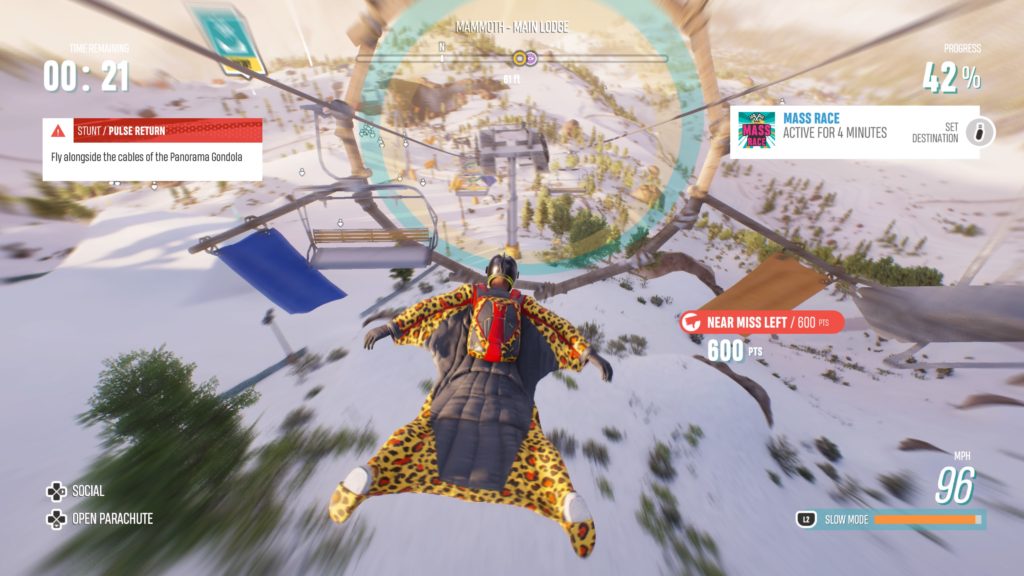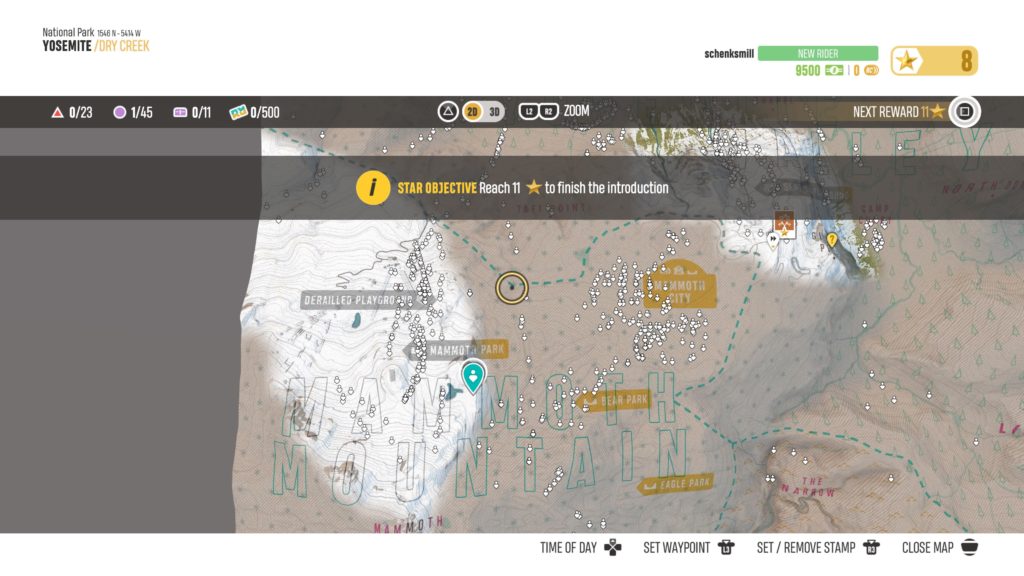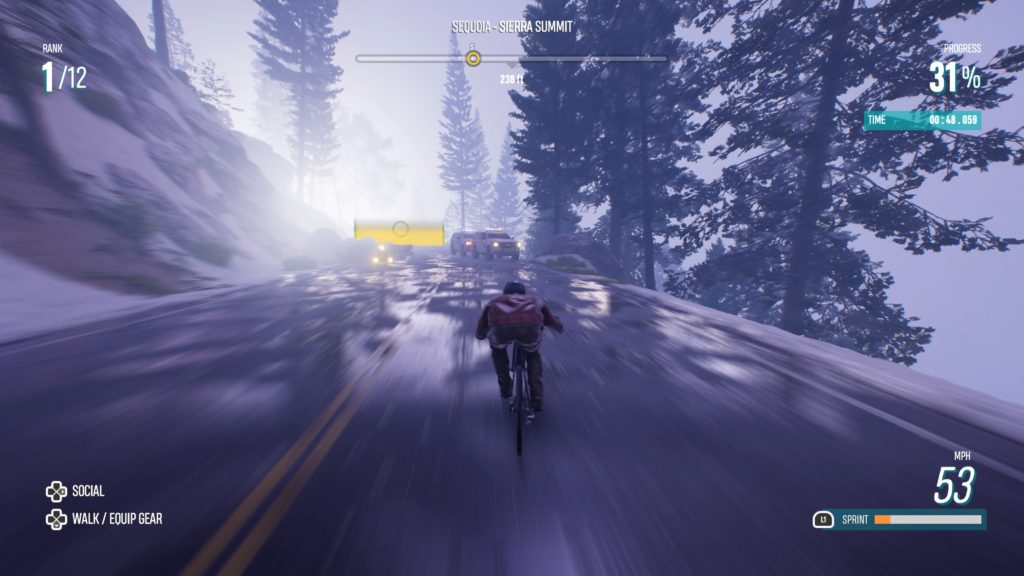- Genre: Adventure / JRPG
- Platform: Switch
Look, this is a rough game. It’s hideously ugly. It still for some reason has Pokemon boxes without auto sorting. Balance is often entirely vague even with Pokemon 10+ levels apart. However, I can’t stop playing it. The core gameplay loop is so fundamentally changed but it works far better than I expected it to and in doing so represents a path forward for the series that I couldn’t have expected when Diamond/Pearl came out 3 months ago.
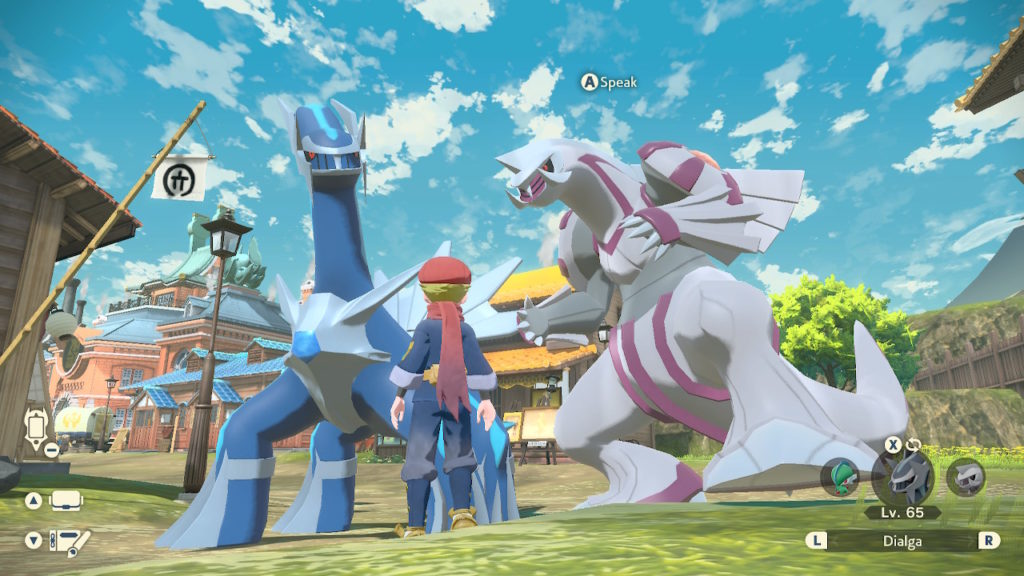
This game got ruthlessly shit on from the trailers, and frankly it isn’t entirely undeserved. This game is ugly more often than not. The Pokemon models are fine, and at least generally consistent. However, their art style doesn’t really match the world’s art style, and the world is atrocious. However, it doesn’t feel like laziness to me – it feels like a failing of technology. This is pretty clearly using some variant of the Sword/Shield engine stretched beyond its limits. The unfortunate thing as a developer, especially on an experimental title like this, is sometimes you just shoot yourself in the ass and this is one of those times. You get to a point where you can either delay a game by years and restart the core tech or just ship it with what you’ve got and move onto the next thing instead of cancelling a title. It’s time for this series to either move onto Nintendo’s own in-house engines or move to something stock, because it’s clear that Game Freak would be better served focusing on the games, rather than the engine.
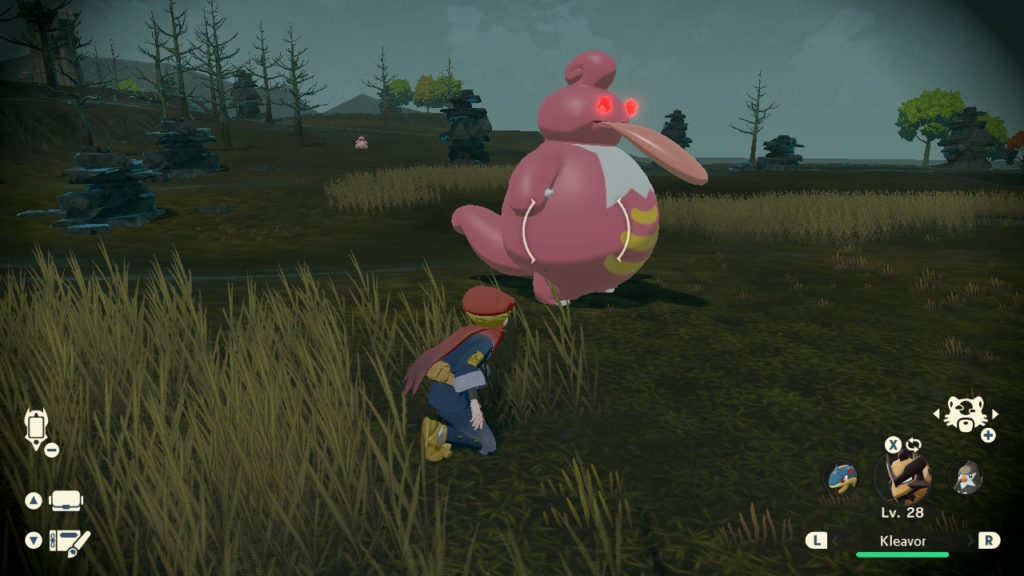
However, once you get past that the game is a lot of fun, and it comes down to the core loop just really working. Rather than being gym-focused, the entire focus of the core game loop is research. You’re basically going out into the field, catching as much stuff as you can, and returning. That is the core of building the Pokedex here. The relatively non-linear nature of it means you can kind of wander off wherever you want, whether to focus on new areas or completing the entry of a specific Pokemon. The ability to fast travel back and forth to town means your play sessions are basically as long as you want them to be. The ability to craft (!!!!!!) Pokeballs, potions, etc means that as long as you’re collecting resources, you aren’t having to go shopping. If you run out, you just bring up the crafting menu and seamlessly keep your stock together.
It’s the type of loop that just works on the Switch in the same way that Breath of the Wild did. Your play sessions are as long as you want them to be and it doesn’t matter whether you’re doing a 30 minute or 3 hour block. In both cases you’re making appreciable progress that you can drop back into at any time. It’s a loop that just keeps you engaged and playing in an unexpected way.

Even within that loop, the changes work well though. The simple act of being able to catch a Pokemon without starting a battle while still earning XP for it is tremendous. It so completely speeds up the act of traversal that it allows the new gameplay push to just catch EVERYTHING to work. In the old style, the game would otherwise be a slog.
Even if it’s ugly, the environment being so open is also a huge change. Its openness isn’t quite BotW, but it’s also more than Sw/Sh wild areas were. From a gameplay perspective it’s a huge success. Different areas are visually distinct in a way that’s interesting on its own, but also allows for obvious placement of different types of Pokemon in a natural way. Bugs like Combee or Weedle live in the forest, which makes sense. Things like Spheal or Octillery can be found hanging out on the beach. Your Abomasnows are up in the mountain tops and your Magmars are by the volcano. It’s both obvious AND enjoyable. It’s not that they didn’t try to do this before, but it feels even further down the line of making the Pokemon world more natural than it even previously has been.
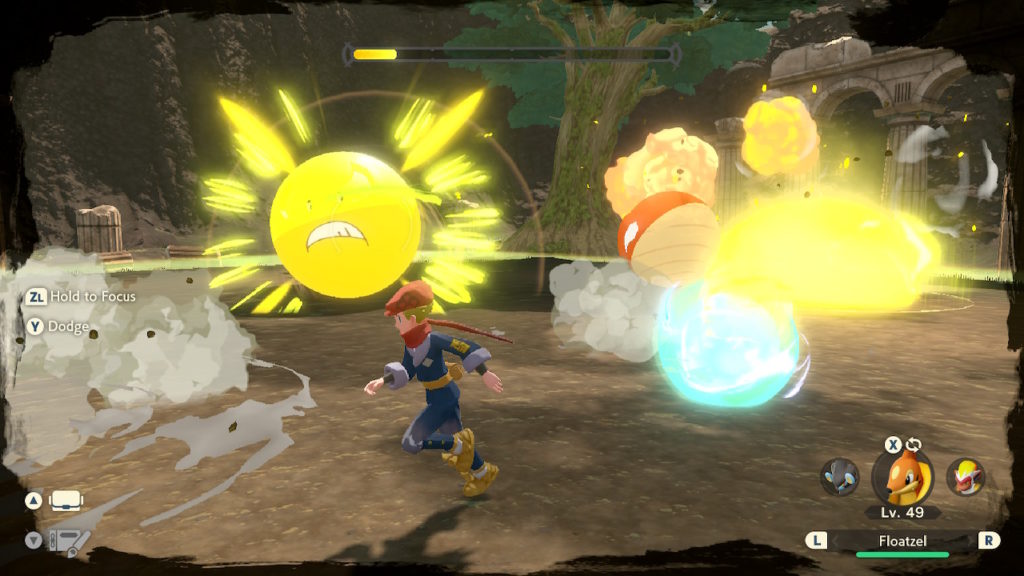
It’s also a nice change that the player is FINALLY ACTUALLY IN DANGER. You get attacked by Pokemon in the wild. You have boss fights where you as the player are physically attacking Pokemon and they’re spectacularly fun. It’s one of those things that for the past 25 years everyone has been going “well, why is the player immune?” and it finally happened.
That said, despite the big change to the core gameplay there’s a lot of rough edges here. I complained about it during Sword/Shield but the existence of boxes, let alone no way to auto sort them is still baffling. Even more so when your Pokemon are literally being sent back to an open pasture to live their best lives. A lot of the side content is fine in its existence and kind of attempts to drive completion of the Pokedex, but there’s very little variety or necessity to it. The combat that is there is fine, but I’d like to see the new core loop adapted to a game with a more traditional level of trainer battles.
Frankly, balance is also incredibly vague. One of the core changes is that all battles are now speed-based. Speed can mean that Pokemon go first, but also that they can go multiple times in a row. That alone can easily result in your Pokemon often getting one-shot before taking a turn, even when they aren’t at a type disadvantage. Pokemon 15+ levels below your active one can still do significant damage as well, so I spent a lot of time outside of battle healing or going back to camp to rest against things that really shouldn’t have been a danger. It feels like it was tuned to be difficult, but it instead comes across as odd, because type advantage is still the king and the changes made just make the exploration slower, rather than making the individual trainer battles more difficult.

If this represents a new path forward for the series then all the rough edges don’t really matter. It has its problems, but this pushes a new gameplay archetype for the series that just works. It’s familiar enough, but far more active and far more fun than the JRPG slog that the series has really become known for. If it’s instead just a sidetrack between entries, then hopefully it’s at least a lesson to them that it’s time to take a serious look at their tech stack moving forward. However, after how much I’ve been enjoying this one, I think it’d be a huge loss if this doesn’t represent the direction the series will be sticking to going forward.


